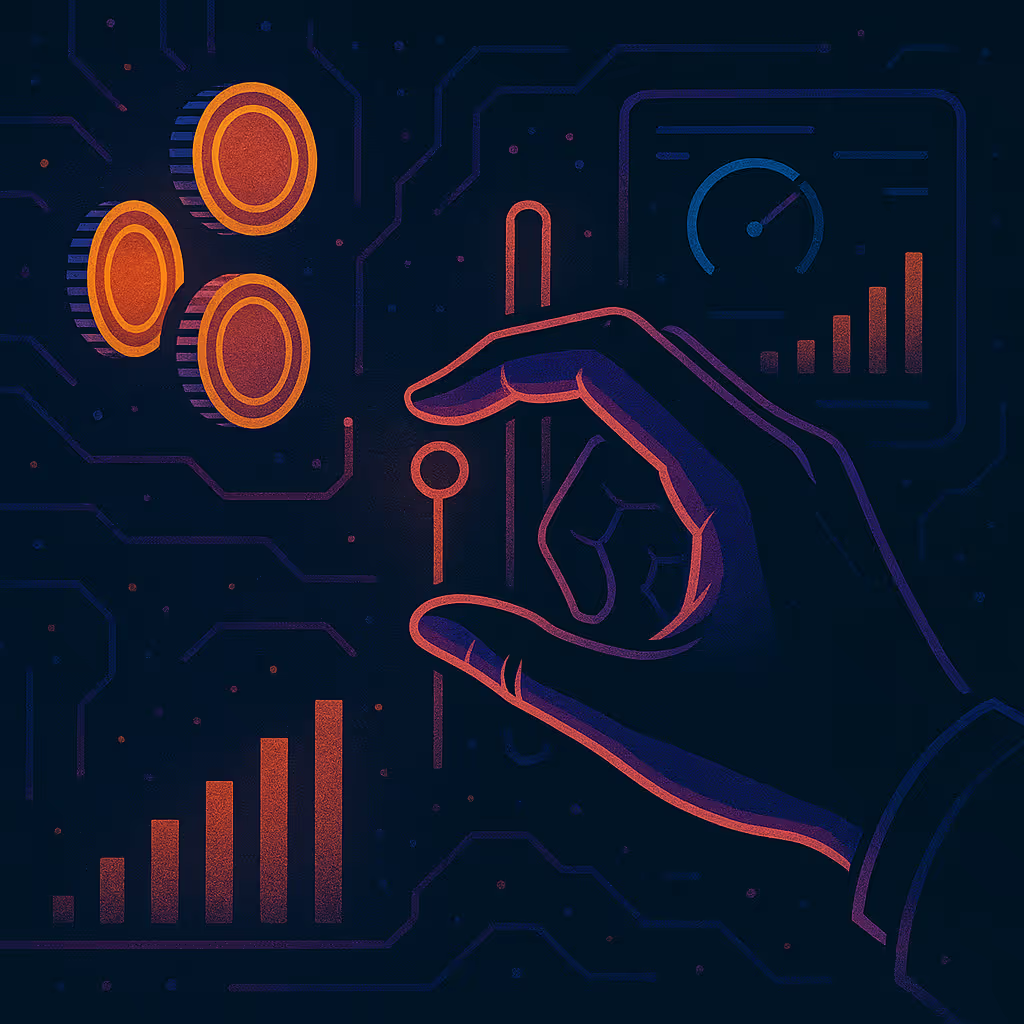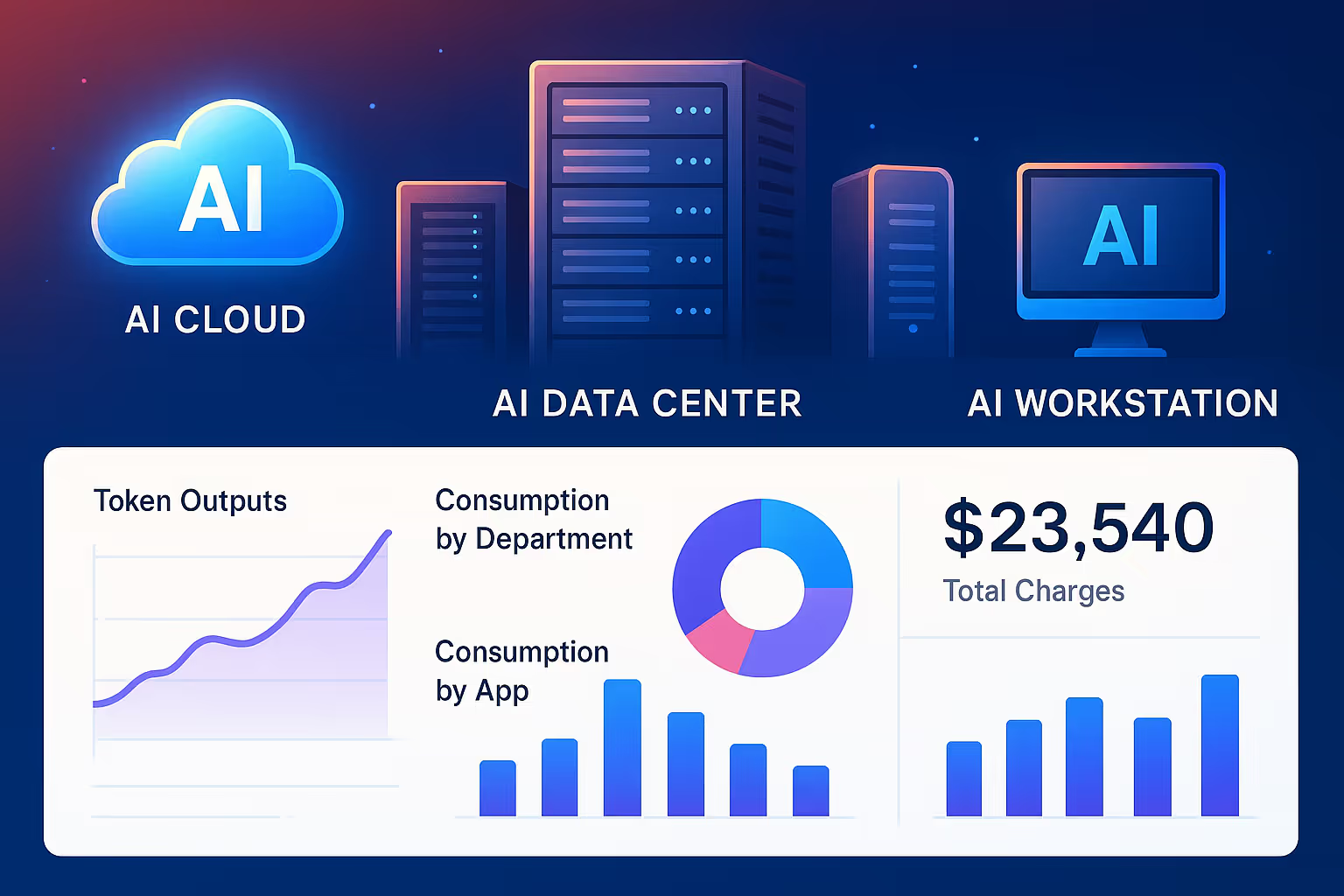On the surface, the driving factor of why businesses want to shift to Usage-Based Pricing (UBP) is clear. It is in response to customer demand who increasingly want consumptive, usage-based pricing, and businesses are realizing that it helps to lower barriers to adoption. However, there is another major underlying force that is at play, which, from my experience at AWS, I believe is the main driver of the shift to usage-based pricing. It is also the reason why UBP came about in the first place.
First Principles of Cloud Computing will inevitably drive you toward Usage-Based Pricing
Whether you are even thinking about shifting to UBP or not, the mere act of running and operating your business in the cloud will lead (force) you to ultimately offer Usage-Based Pricing.
Let me explain.
If you are running your technology infrastructure in the cloud, you have no choice but to align (measure, correlate and optimize) your front-end usage (how much your products and services are being used) to your back-end (infrastructure) usage (how much your back-end infrastructure is consumed). The maturity curve of this equation ends with - customer facing, Usage-Based Pricing. Why? The answer is - elasticity!
Leveraging elasticity to positively impact revenue and margins
You have to leverage cloud infrastructure elasticity as a business operations efficiency lever. You don't have a choice. Your competitors are and will. And born-in-the-cloud companies have a distinct advantage here since they are starting on day-1 with this in mind and launching with UBP.
We all know what elasticity is and that cloud infrastructure is elastic and consumed on a Usage-Based business model. But how well are businesses leveraging “elasticity” as a key business operating lever, leaves a lot of room for improvement. Once companies realize and internalize that elasticity is a business operations efficiency lever that can be measured, tracked, fine tuned and continuously improved, and they begin to ride the elasticity curve, the thesis (shift to Usage-Based Pricing) becomes self-evident. This virtuous cycle inevitably will lead you down the path of building and operating - a usage-based business model.
Some more background...
The traditional business model of fixed-recurring subscription came into being when infrastructure was a fixed capital expense with a straight line depreciation. There was never an attempt, none whatsoever, to align front-end, unit-level marginal usage to back-end. infrastructure unit-level marginal consumption (or capacity). The business model simply did not require it. Contract terms were set upfront, number of users were determined upfront, duration was set upfront, and full contract term money was collected upfront (for financial reporting purposes it was recognized over the term, but the money was collected upfront). With that, there simply was no incentive to measure, let alone correlate, actual customer usage of the products and underlying resources to backend capital infrastructure usage.
Margin calculations were based on the traditional - what was charged to the customers (revenue), minus - fixed costs (COGS, amortized infrastructure), R&D, Sales, Marketing, General, and Administrative. To effect change on revenue and/or margins, the available levers were - R&D, Sales, Marketing costs, but not infrastructure (since it was capitalized). There was no attempt made to align and measure COGS elasticity relative to variations in product usage. The concept of COGS elasticity did not exist. It was handled, at best, on a one off planning cycle (capital equipment purchase), with a huge utilization step function.
The cloud changed all of that. It really turned the model on its head. In the cloud, the equation is fundamentally different. Infrastructure is no longer a fixed capital cost. It is a variable expense. Modern, cloud-native companies realized this and quickly parlayed it into a huge competitive advantage by leveraging elasticity to extract margin levers from infrastructure. And as cloud infrastructure becomes a bigger and bigger line item expense (operating your business in the cloud) the gains are substantial with material impact.
Businesses who have understood this are putting in place a virtuous cycle of operations efficiency measured by continuing to flatten the ratio of demand (front-end usage) to supply (back-end infrastructure consumption). Basically, by smoothening out the demand to supply curve (eliminating step functions) and keeping them aligned in proximity. The gains were material, measurable, sustainable and impactful.
- Improved margins
Elasticity leverage provides a new lever (not available to companies on a traditional fixed subscription model) to positively impact margins by taking costs out of operations independently of pricing, billing, sales, general and administrative line items.
- Improved operational efficiency
With elasticity, infrastructure for the first time can be dialed up or down on demand. Modern businesses started to develop an internal operations efficiency muscle - in the form of looking for ways (signals) to tighten the alignment of the front-end (user) demand to back-end infrastructure consumption curve. Note: This is not about “parsing my AWS bill” and trying to reduce cloud spend. This is about getting ahead of it and putting in place your very own standardized usage instrumentation framework, deployed and integrated at the source of the demand curve (your products and services) to capture, measure, and report - accurately, and in real-time, usage signals for internal teams to align and fine tune backend usage and consumption, and inform other business operations levers.
All (cloud) roads lead to Usage-Based Business Model
Once businesses got to this point, it became self-evident that the maturity curve (continuous optimization) of this alignment leads to building a customer facing Usage-Based business model. At the top of the maturity curve your front-end product usage has direct (unit level) correlation to back-end infrastructure consumption. That is, your products and services are also being consumed and paid for on a usage-basis just as your underlying back-end infrastructure that supports these workloads. Mastery over the elasticity lever is how the leading cloud providers (AWS, and others) and companies such as Twilio, Snowflake, Databricks, Confluent, and many others are driving record organic growth with great overall margins. Additionally, if you wish to move down the path of a Product-Led Growth (PLG) strategy, backed by a UBP model, you have to first get a handle on your cloud infrastructure front-end usage to back-end consumption alignment.
This is the main driving force behind the shift to Usage-Based Pricing.
Once you start to develop awareness about the power and leverage of elasticity (of infrastructure) and how it can be baked into your business model and used as a brand new lever to impact margins you will want to continue to get better at it.
So, how do you do it?
...work your way backwards from it.
Usage-Based Pricing - Business model that Delivers elasticity (to customers).
Metering - Technology platform that Measures elasticity.
Cloud - Infrastructure that Enables elasticity.
How to use Cloud Metering to leverage infrastructure elasticity as a business lever?
How do you effectively and continuously leverage elasticity as a business operations lever? Start with Cloud Metering.
Metering is not monitoring. Metering is not logging. Metering is not performance management. Metering is what the name states - a Metering System. A metering system is a System of Record (SoR) that answers the following questions - accurately, reliably, every time -
What was used - by whom, when, where, for how long, and how much did it cost.
Cloud Metering System, when build and deployed correctly, provides a real-time System of Record (SoR) of usage and consumption data independently of pricing and billing. Cloud Metering provides your own, standardized (common) interface for metering product usage across your organization. It builds for you an accurate and real-time demand curve. As a platform service, it provides a System of Record with historical, present, and future (AI/ML forecasted) usage and consumption data model that is available and accessible across your organization to functional teams, and internal IT and 3rd party applications and systems via dashboards, APIs, and Connectors.
With Cloud Metering alone, you now have direct, real-time visibility into your demand curve - what is being used by whom, when, where, for how long. Independent of pricing and billing, you can now start to fine tune your demand to the infrastructure supply curve and begin to leverage elasticity lever to gain a sustained competitive edge.
You cannot back your way into metering from pricing and billing. Metering is the way forward. Metering cannot be a line item feature of a billing app. Cloud Metering is the Platform, and Usage-Based Pricing and Billing is an application on top of Cloud Metering. To get Usage-Based Billing right, you first must get metering right!
If you’ve ever wondered how AWS consistently and accurately generates your AWS bill and scales it to millions of customers worldwide, you guessed right - the secret is a highly scalable, grounds-up, Cloud Metering Platform Service that provides a standardized interface for all services teams to report usage and consumption.
To learn more about Cloud Metering and Usage-Based Billing Platform, see our blog post of - Why we started Amberflo
Let me know what you think in the comments or DM me if you wish to discuss more.
(This article was also posted on LinkedIn - https://bit.ly/2XBvYtO)





.svg)

